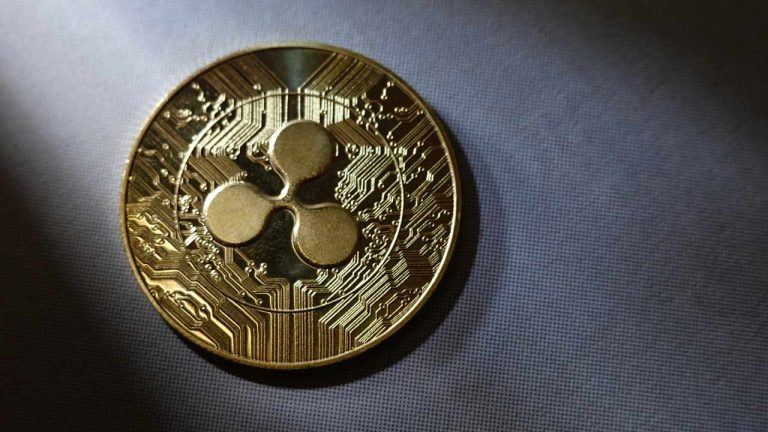US Dollar gives up despite hot PPI data, Russia-Ukraine peace talks
- The US Dollar Index plummeted on Thursday, failing to hold gains after Wednesday’s inflation-driven rally.
- Stronger-than-expected Producer Price Index data initially supported the Greenback but was offset by geopolitical headlines.
- President Trump and Russian President Putin agreed to begin peace talks with Ukraine, reducing market risk aversion.
- Jobless claims data came in slightly better than expected, reinforcing resilience in the US labor market.
The US Dollar Index (DXY), which measures the value of the US Dollar against a basket of currencies, struggles to hold onto gains following Wednesday’s inflation data. Traders are quick to dismiss the latest Producer Price Index (PPI) figures, shifting their focus to geopolitical developments.
A potential peace agreement between Russia and Ukraine and the latest US jobless claims data add to the market’s uncertainty, leaving the DXY below 107.30.
Daily digest market movers: US Dollar fails to capitalize on strong PPI data
- The PPI for January increased by 0.4%, exceeding the expected 0.3%, but came down from a revised 0.5% prior.
- Core PPI matched expectations at 0.3%, but December’s figure was revised higher to 0.4%, signaling persistent price pressure.
- Initial Jobless Claims fell to 213,000 for the week ending February 7, slightly below the forecast of 215,000.
- Continuing Jobless Claims dropped to 1.850 million, below the projected 1.880 million, highlighting labor market resilience.
- A surprise geopolitical development saw President Trump and President Putin agreeing to begin peace negotiations with Ukraine, which sparked a wave of optimism.
- On the Federal Reserve’s side, its stance remains cautious with officials set to provide further guidance on the monetary policy outlook.
- The Federal Sentiment Index remains unchanged but is still in hawkish territory, signaling policymakers’ reluctance to ease prematurely.
DXY technical outlook: Index loses grip of 20-day moving average as bearish pressure mounts
The US Dollar Index struggles to hold above the 20-day Simple Moving Average (SMA), signaling weakness after failing to sustain Wednesday’s gains. The Relative Strength Index (RSI) remains below 50, pointing to persistent bearish momentum, while the Moving Average Convergence Divergence (MACD) continues to show a negative trend.
Immediate resistance stands at 108.50 with support near 107.80. A break below this level could accelerate declines toward the psychological 107.00 mark.
Inflation FAQs
Inflation measures the rise in the price of a representative basket of goods and services. Headline inflation is usually expressed as a percentage change on a month-on-month (MoM) and year-on-year (YoY) basis. Core inflation excludes more volatile elements such as food and fuel which can fluctuate because of geopolitical and seasonal factors. Core inflation is the figure economists focus on and is the level targeted by central banks, which are mandated to keep inflation at a manageable level, usually around 2%.
The Consumer Price Index (CPI) measures the change in prices of a basket of goods and services over a period of time. It is usually expressed as a percentage change on a month-on-month (MoM) and year-on-year (YoY) basis. Core CPI is the figure targeted by central banks as it excludes volatile food and fuel inputs. When Core CPI rises above 2% it usually results in higher interest rates and vice versa when it falls below 2%. Since higher interest rates are positive for a currency, higher inflation usually results in a stronger currency. The opposite is true when inflation falls.
Although it may seem counter-intuitive, high inflation in a country pushes up the value of its currency and vice versa for lower inflation. This is because the central bank will normally raise interest rates to combat the higher inflation, which attract more global capital inflows from investors looking for a lucrative place to park their money.
Formerly, Gold was the asset investors turned to in times of high inflation because it preserved its value, and whilst investors will often still buy Gold for its safe-haven properties in times of extreme market turmoil, this is not the case most of the time. This is because when inflation is high, central banks will put up interest rates to combat it. Higher interest rates are negative for Gold because they increase the opportunity-cost of holding Gold vis-a-vis an interest-bearing asset or placing the money in a cash deposit account. On the flipside, lower inflation tends to be positive for Gold as it brings interest rates down, making the bright metal a more viable investment alternative.



